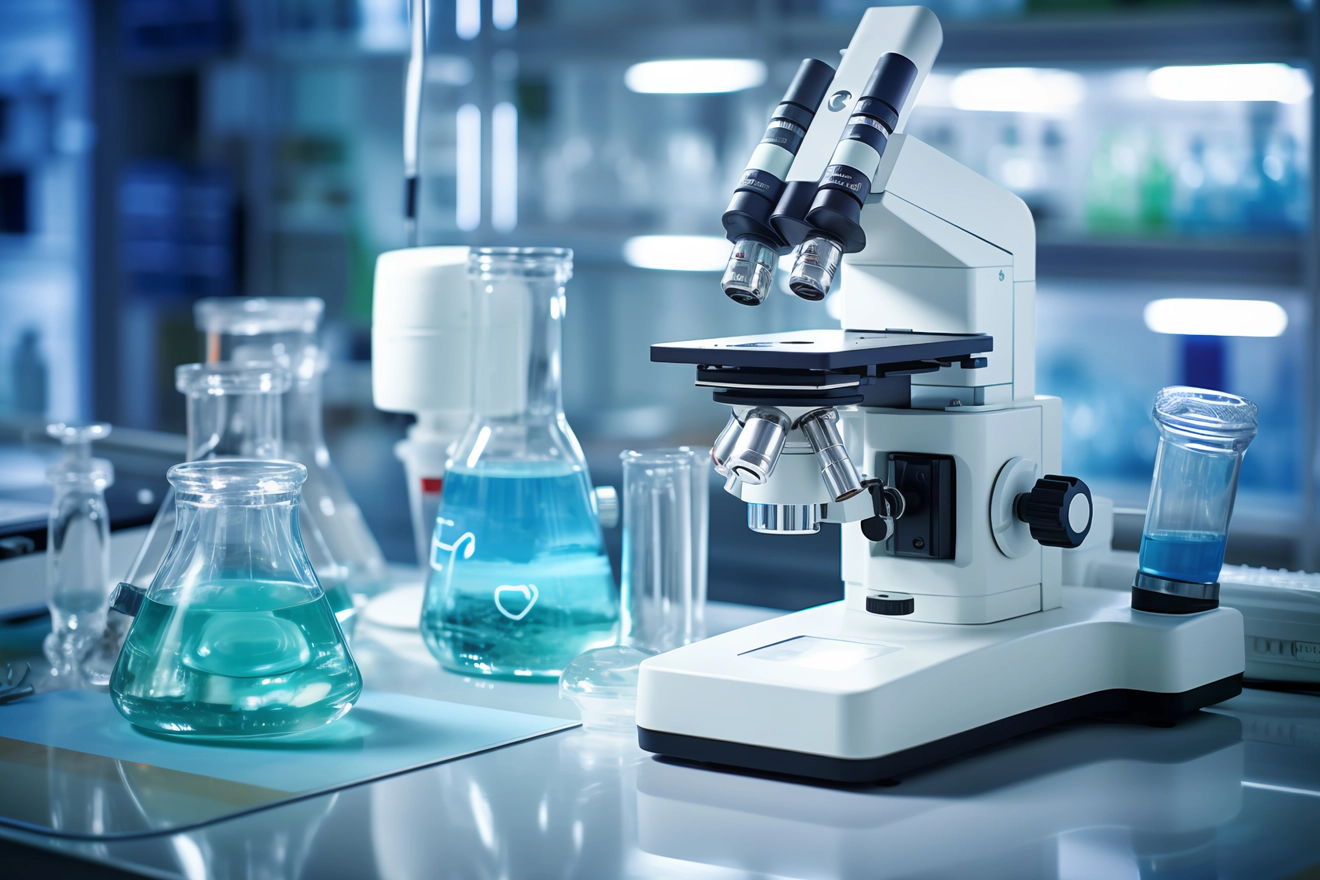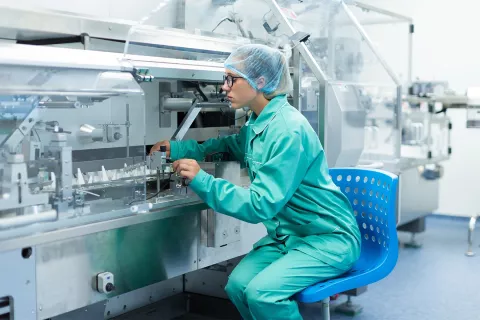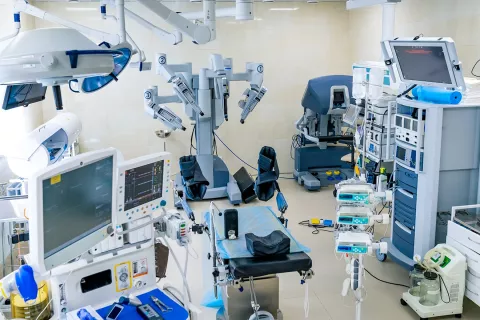
Biological evaluation of medical devices is a mandatory requirement for successful registration of medical device in the country of interest. Major guideline available on this subject is, "ISO 10993-1:2018 - Biological evaluation of medical devices". In addition, majority of the global Health Agencies accept this specific ISO standard. Some agencies however have a modified matrix for biocompatibility endpoints adapted.
US FDA identifies ISO 10993-1 as a consensus standard for biological evaluation along with the other biocompatibility standards for medical devices issued by ASTM, ICH, OECD and USP. The US FDA, on September 4, 2020, has released a guideline on the “Use of International Standard ISO 10993-1, "Biological evaluation of medical devices - Part 1: Evaluation and testing within a risk management process". It is intended to guide device manufacturers on the US FDA’s expectations and the usage of ISO standard for FDA applications.
The guideline is applicable for both sterile and non-sterile medical devices and should be used along with the biocompatibility evaluation requirements recommended in device specific guidance issued by the US FDA. The end points defined in the guidance are in line with the ISO 10993-1:2018, except for additional requirements for material mediated pyrogenicity of surface devices used for more than 24 hours. The guideline throws further light on:
- Adaptation of medical device risk assessment for biocompatibility evaluation
- General principles for biocompatibility evaluation
- FDA-modified matrix for biocompatibility end points
- FDA recommendations on chemical assessment/chemical characterization of medical devices
- General considerations for biocompatibility testing of medical devices
- Considerations for specific tests, like, cytotoxicity, sensitization, hemocompatibility, pyrogenicity, implantation, genotoxicity, carcinogenicity, reproduction and developmental toxicity
- Recommendations for test article preparation for devices with sub-micron or nano technology components; devices made from in-situ polymerization and/or absorbable materials
- Data requirements to support labeling claims that, the devices are “free” from certain materials
The US FDA has also included recommended content for Device Master Files (MAFs) for biocompatibility evaluations, summary of biocompatibility documentation, test report and examples of component and device documentation. A flowchart illustrating on how to perform a biocompatibility evaluation is also detailed in the guidance. The Biological evaluation of medical device shall be taken up in a well-planned approach which includes:
- Chemical characterization – all device categories, irrespective of type and duration of contact shall have this information available before initiating risk assessment
- Biocompatibility risk assessment as per ISO 14971 standards
- Identification of potential biological risks
- Assessment of available data
- Identification of knowledge gaps
- Development of Biological Evaluation Plan (BEP) to fill up knowledge gaps through -
- Medical devices biocompatibility testing
- Other evaluation
- Previous experience with the material of construction
- Chemical or surface analysis
- Published literature
- Clinical experience from PMS data
- Animal experience
- Medical device standards
- Predicate or marketed devices, previously approved by the US FDA
Device manufacturer may summarize the information in “Summary Biocompatibility Documentation” for ease of review by the Agency. The manufacturer may opt for a Q-Submission meeting with the US FDA for early engagement of the Agency, before initiating the biocompatibility testing for medical devices. The manufacturer may use this meeting to:
- Determine the validation information for a given clinical indication, while developing in vitro test battery for hemocompatibility
- Determine if additional biocompatibility evaluations are required or not, in cases where discrepancies observed during previous biocompatibility evaluations
- Identify the need for additional biocompatibility tests, in case novel materials are used
- Design in vivo or ex vivo studies
- Design chemical analysis protocols that use accelerating factors
- Determine procedure for biocompatibility testing of absorbable devices
The compliance of medical devices to ISO 10993 biocompatibility standards, ISO 10993 chemical characterization and US FDA requirements require detailed assessment and meticulous planning to develop “Biological Evaluation Plan”, execute the finalized plan and writing the relevant reports such as Toxicological Risk Assessment, Biological Risk Assessment Reports, Chemical Characterization reports etc. In order to be compliant, consult an expert for end-to-end guidance and assistance in navigating through biological evaluation of medical devices.









